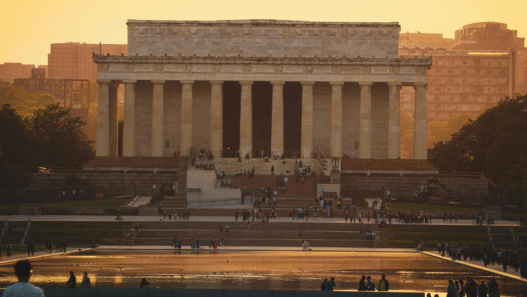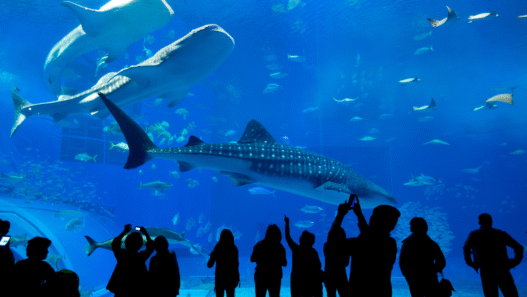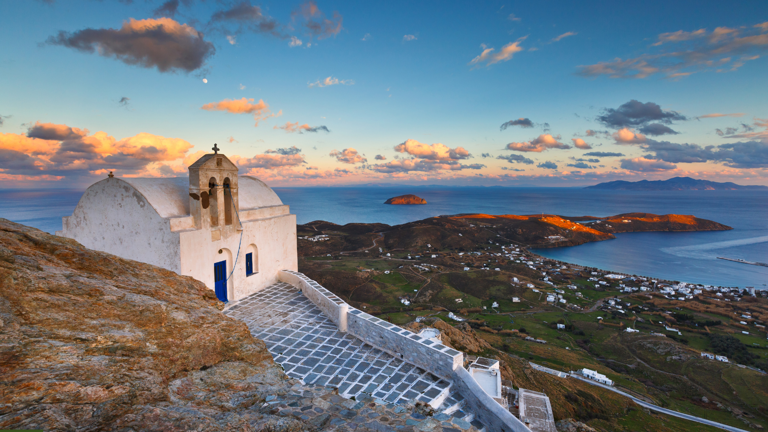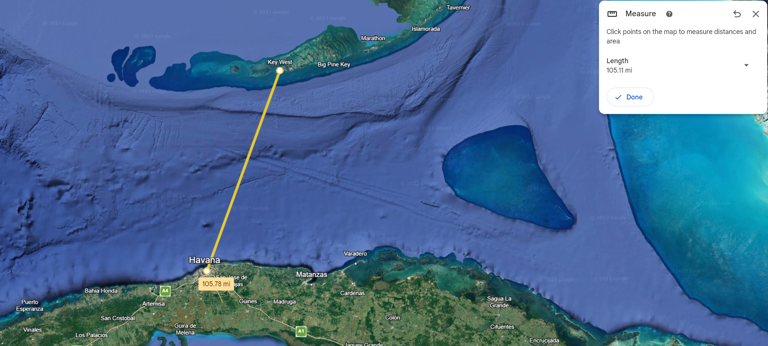The Florida Keys, a beautiful and unique chain of islands located off the southeastern coast of Florida, have a fascinating history and an intriguing name. Many people wonder why they are referred to as “keys.” Let’s delve into the meaning, origin, and significance of this term for the Florida Keys and find out why are the Florida Keys called keys.
The term “keys” is derived from the Spanish word “cayo,” which means “small island.” When the Spanish explorer Juan Ponce de Leon first charted the islands in 1513, he named them Los Martires, meaning “the martyrs,” because he thought they resembled men in distress. Over time, the name gradually transformed into simply “the Keys.” The term “keys” refers to the numerous small islands that make up the archipelago, each with its own unique characteristics and significance.
Historical Significance of the Florida Keys
The history of the Florida Keys is rich and diverse, spanning thousands of years. The area was home to the Calusa and Tequesta Native Americans, who thrived in the region long before the arrival of Europeans. These Native American tribes hunted and harvested marine resources, utilizing the abundance of the surrounding waters.
One significant aspect of the Florida Keys’ history is the presence of shipwrecks. The powerful Gulf Stream and the reefs off the Keys caused many ships to wreck in the area, leading to the rise of a thriving salvaging industry. The exploration and salvage of these shipwrecks provided valuable insight into the maritime history of the region.
In the late 19th and early 20th centuries, the development of the Florida Keys accelerated with the construction of Henry Flagler’s railroad extension, known as the Key West Extension. This railroad connected the Keys to the rest of Florida, facilitating transportation and economic growth in the region.
The Great Depression and the devastating Labor Day hurricane of 1935 had a profound effect on the Florida Keys. The economic downturn and the destruction caused by the hurricane led to changes in the area’s economy and infrastructure. However, the resilience of the Keys’ residents allowed them to adapt and rebuild, shaping the region’s future.
The historical significance of the Florida Keys is multi-faceted, encompassing Native American culture, maritime history, and the impact of major events such as the construction of the Key West Extension and the Great Depression. Understanding and preserving this rich history is essential for appreciating the unique character of the Florida Keys and its enduring cultural heritage.
Geography and Location of the Florida Keys
The Florida Keys are a unique coral cay archipelago located off the southeastern coast of Florida. This picturesque chain of islands stretches in a gentle arc from about 15 miles south of Miami to Key West, the westernmost inhabited island. Situated along the Florida Straits, the Keys separate the Atlantic Ocean from the Gulf of Mexico, creating an intriguing mix of aquatic ecosystems and diverse marine life.
With its proximity to the Florida Straits, the Keys enjoy easy access to both the Atlantic Ocean and the Gulf of Mexico. This prime location allows visitors and residents to experience the best of both worlds, whether it’s deep-sea fishing in the open waters or exploring the calm and serene Florida Bay. The Keys truly offer a unique geographical setting for a wide range of outdoor activities.
The allure of the Florida Keys is further enhanced by its proximity to Cuba. Key West, the westernmost island in the archipelago, is just 93 miles away from the coast of Cuba. This close proximity has influenced the cultural diversity of the area, with Cuban influences evident in the cuisine, music, and art that can be found throughout the Keys. It’s a place where the beauty of nature meets the richness of history and cultural exchange.
The geography and location of the Florida Keys contribute to its distinct charm and appeal. From the stunning coral reefs to the crystal-clear waters, this unique archipelago offers a one-of-a-kind experience for nature lovers, adventurers, and cultural enthusiasts alike. Whether you’re exploring the underwater wonders or indulging in the vibrant local culture, the Florida Keys truly have something for everyone.
Development and Infrastructure in the Florida Keys
Labor Day Hurricane in 1935
The Florida Keys have witnessed significant development and infrastructure changes over time. The construction of the Key West Extension railroad, led by Henry Flagler, played a crucial role in connecting the remote islands and facilitating agricultural trade between the Keys and the rest of Florida. This development attracted residents and allowed for the growth of the commercial and sports fishing industries, which have been vital to the Keys’ economy.
However, the Florida Keys faced challenges during the Great Depression and the devastating Labor Day hurricane of 1935. These events severely impacted the area’s infrastructure, with parts of the railroad being destroyed. The local economy suffered as a result. Despite these setbacks, the Keys adapted to the changing circumstances. The railroad tracks were repurposed to create the Overseas Highway, a two-lane bridge for automobiles that now connects the islands.
The infrastructure in the Florida Keys continues to evolve to meet the needs of its residents and visitors. The development of hotels, resorts, and other tourist facilities has supported the growth of the tourism industry in the area. The Keys’ unique natural beauty, along with its proximity to the coral reefs and diverse marine life, attracts visitors from around the world. The ongoing development and infrastructure improvements ensure that the Florida Keys remains a vibrant and accessible destination for both tourists and residents alike.
Environmental Significance of the Florida Keys
When it comes to natural beauty and ecological importance, the Florida Keys have it all. This unique region is renowned for its exceptional geography and warm climate, which create the perfect conditions for a diverse array of plant and animal species to thrive. With its stunning coral reefs, breathtaking seascapes, and abundant marine life, the Florida Keys attract visitors from around the world who are eager to explore its environmental wonders.
The environmental significance of the Florida Keys cannot be overstated. The archipelago’s coral reefs are home to an astonishing array of marine species, making it a hot spot for snorkeling, scuba diving, and underwater exploration. These reefs also serve as vital habitats for rare and endangered species, such as the elkhorn and staghorn corals, as well as various types of sea turtles. Preserving these delicate ecosystems is crucial not only for their intrinsic value but also for the long-term sustainability of the surrounding waters.
In addition to its aquatic wonders, the Florida Keys are also a haven for birdwatchers, with numerous species of birds relying on the islands as stopover points during migration. The diverse habitats found in the Keys, including mangroves, seagrass beds, and hardwood hammocks, provide essential nesting and feeding grounds for both resident and migratory bird populations. Protecting these habitats is essential to ensure the survival of these feathered visitors and maintain the ecological balance of the region.























